Creating sustainable cities
Light rail systems are becoming increasingly important in cities worldwide. They offer an alternative that helps reduce traffic congestion, providing a fast, punctual, and sustainable mode of transportation.
Our Urbos tram family meets the highest standards in eco-design and accessibility, integrating seamlessly into the environment while maintaining a high level of performance. Cutting-edge design and technology give each city its own identity.
At CAF, we have developed an innovative mobility concept called Greentech, which enables light vehicles to operate without overhead wires.
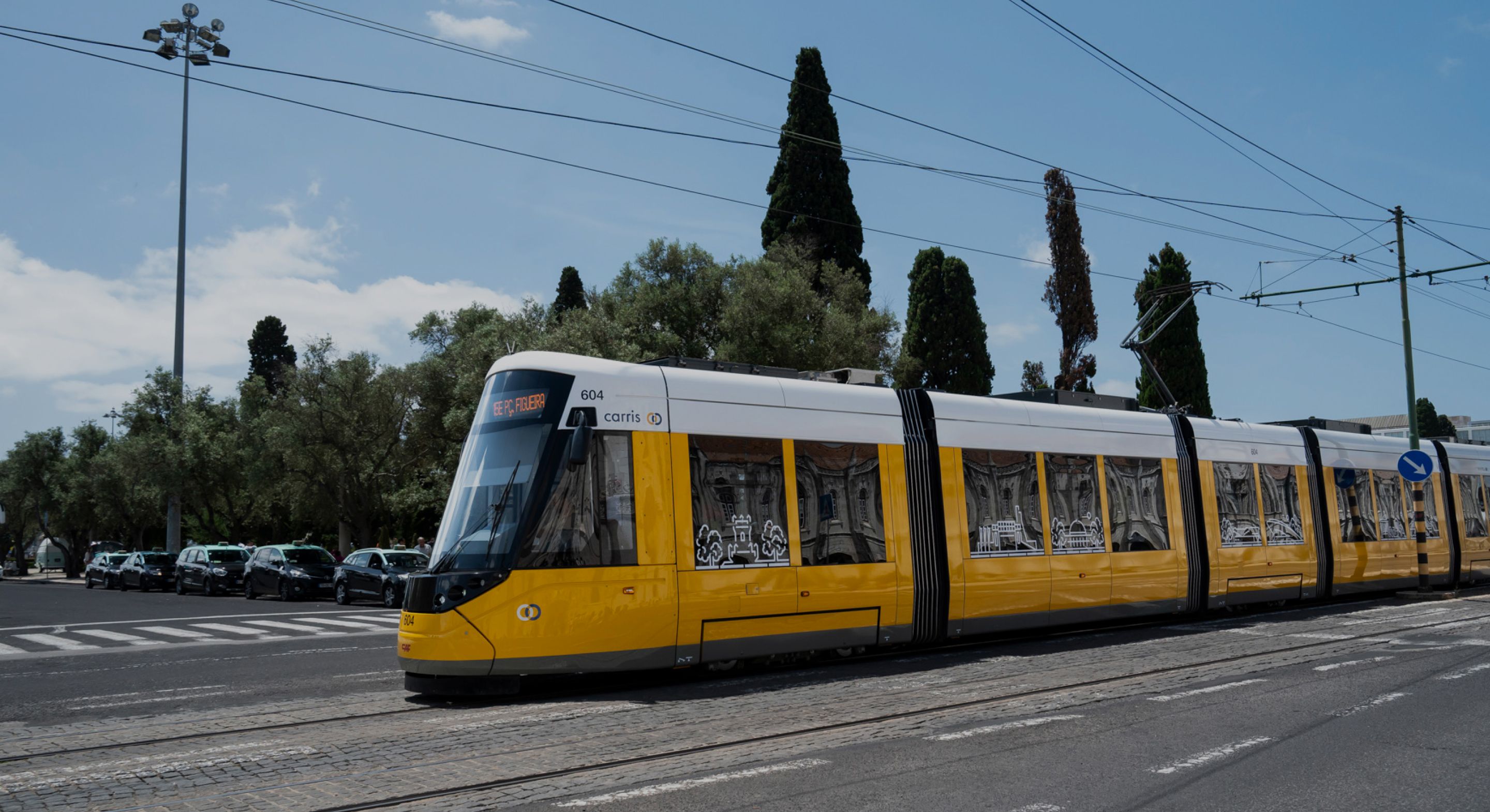


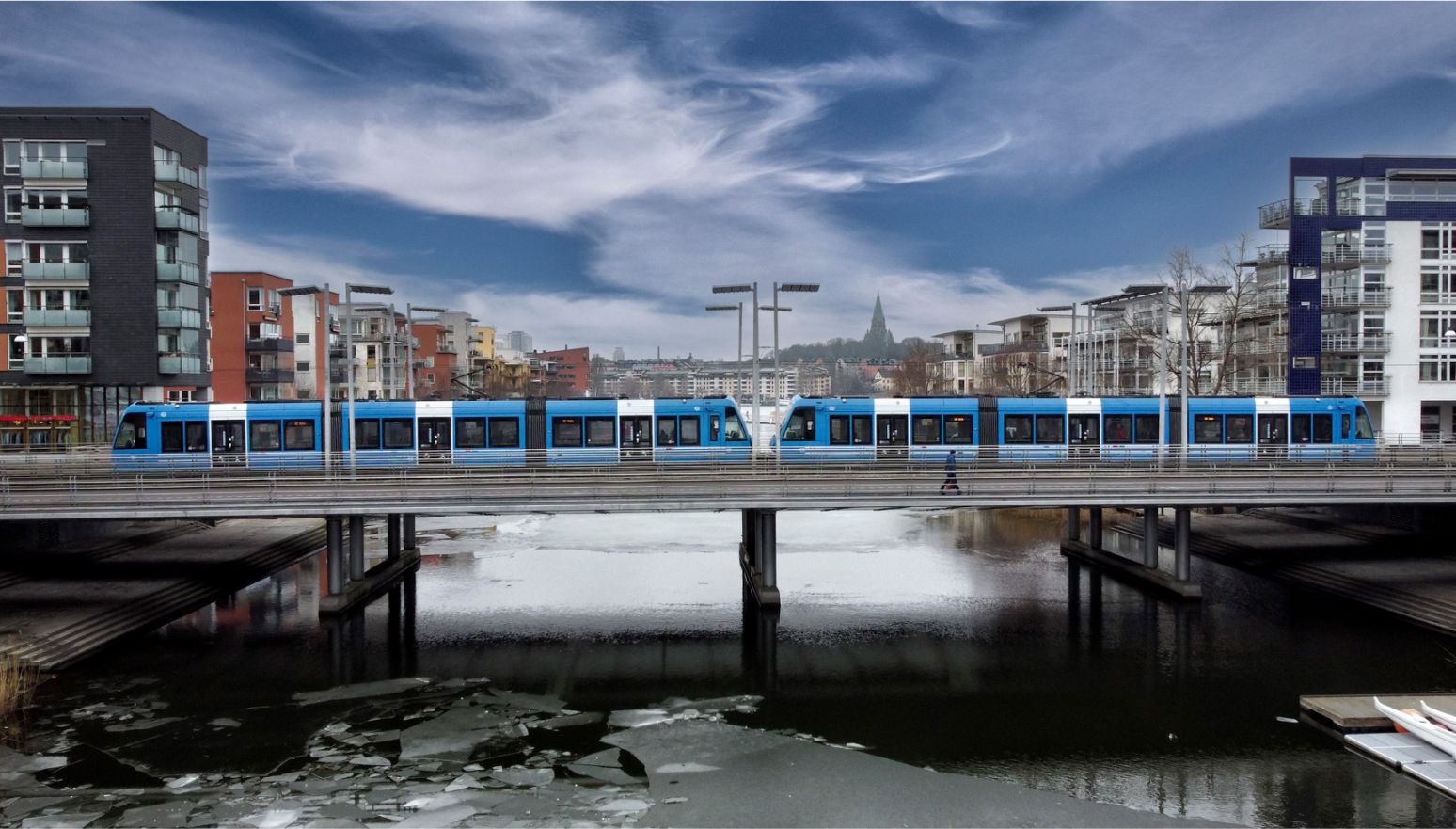

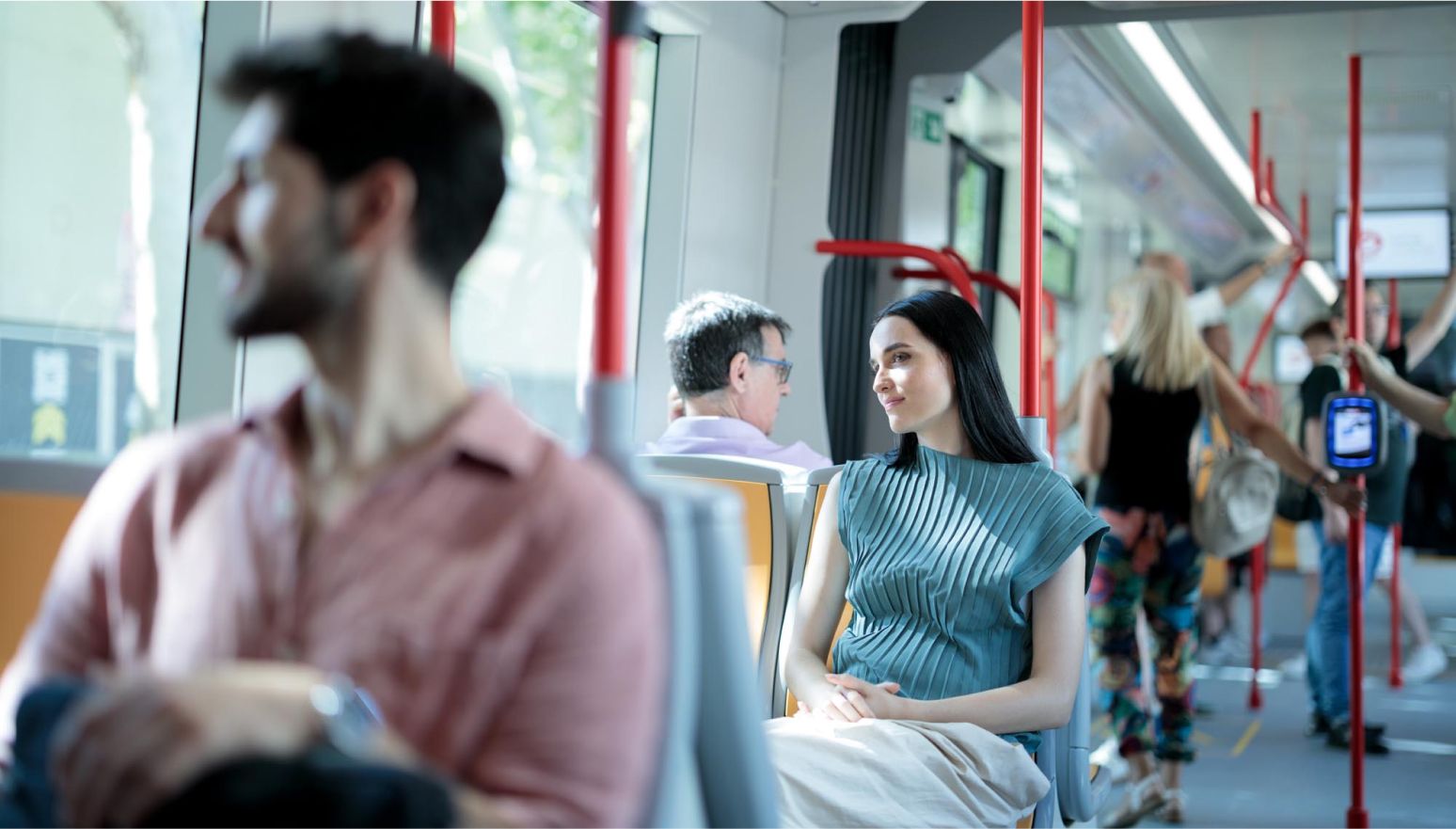


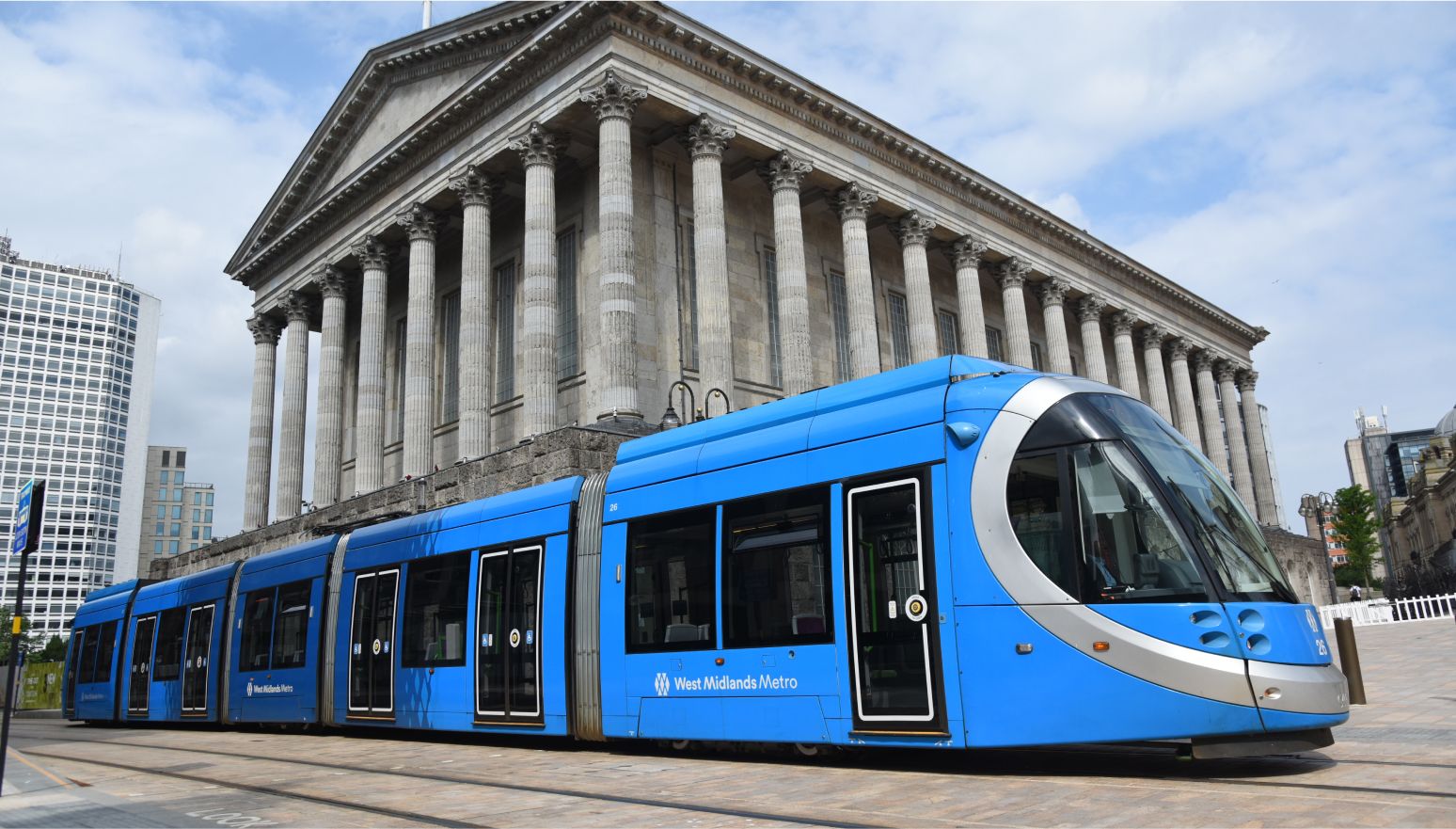
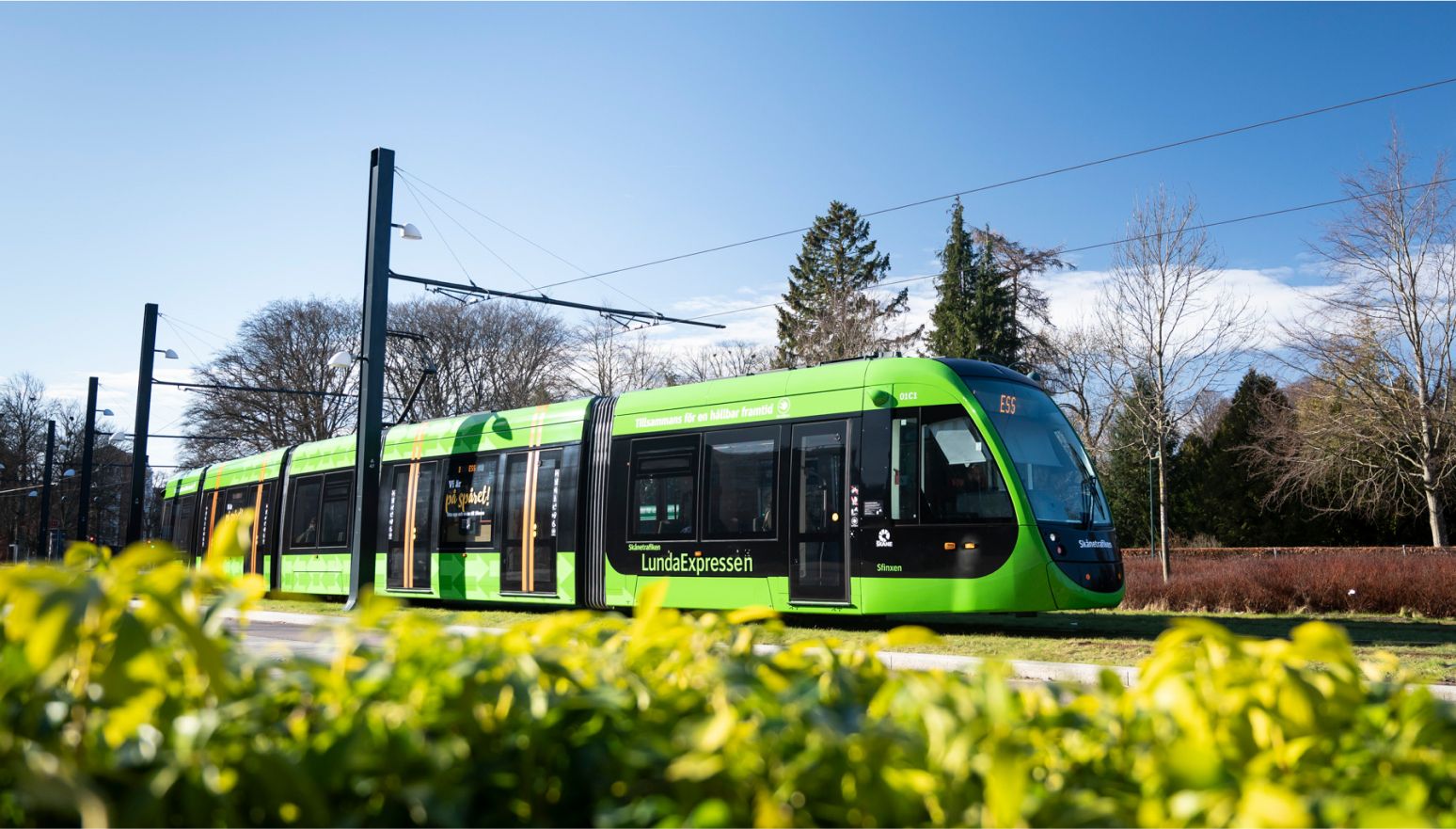

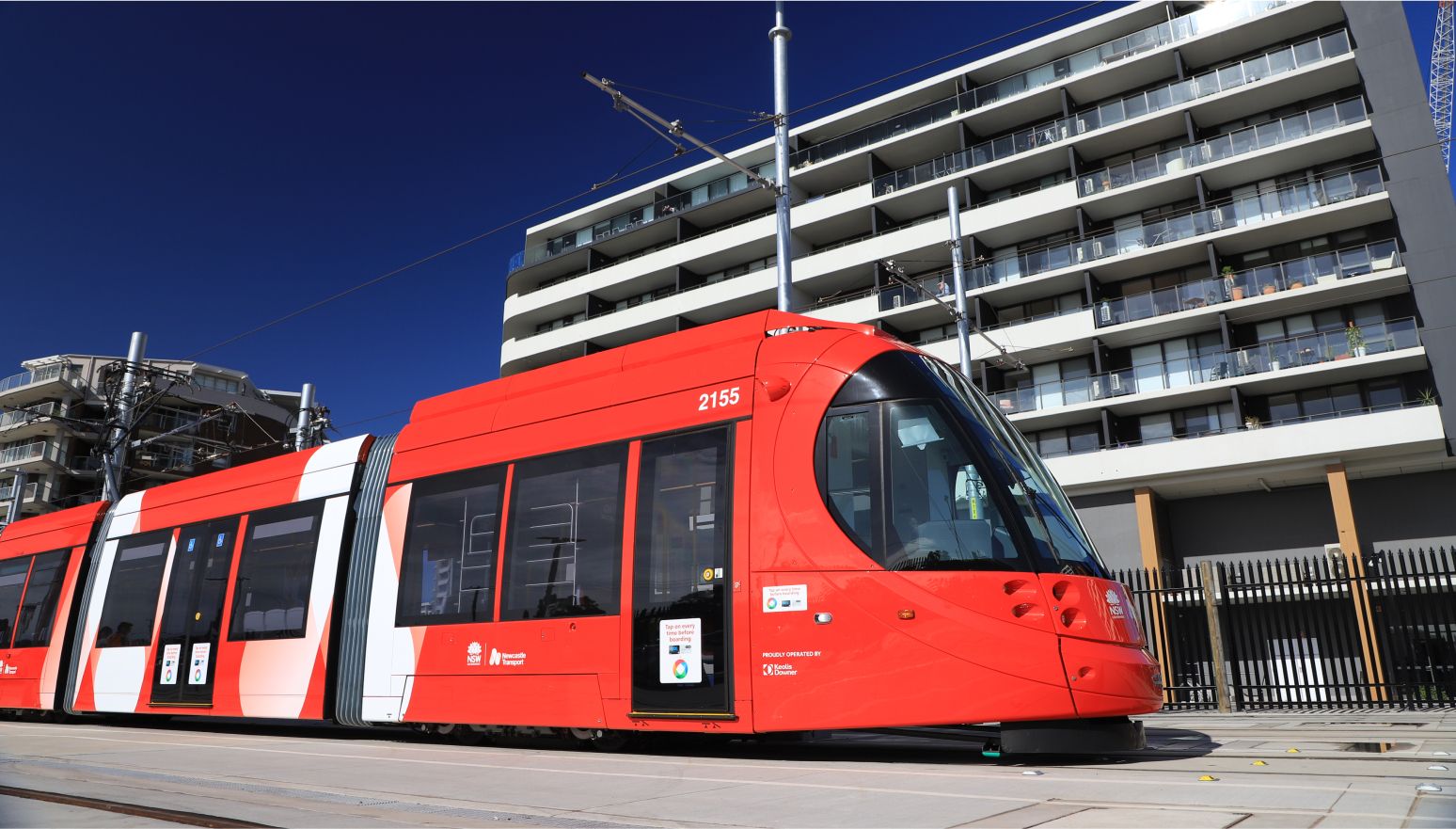

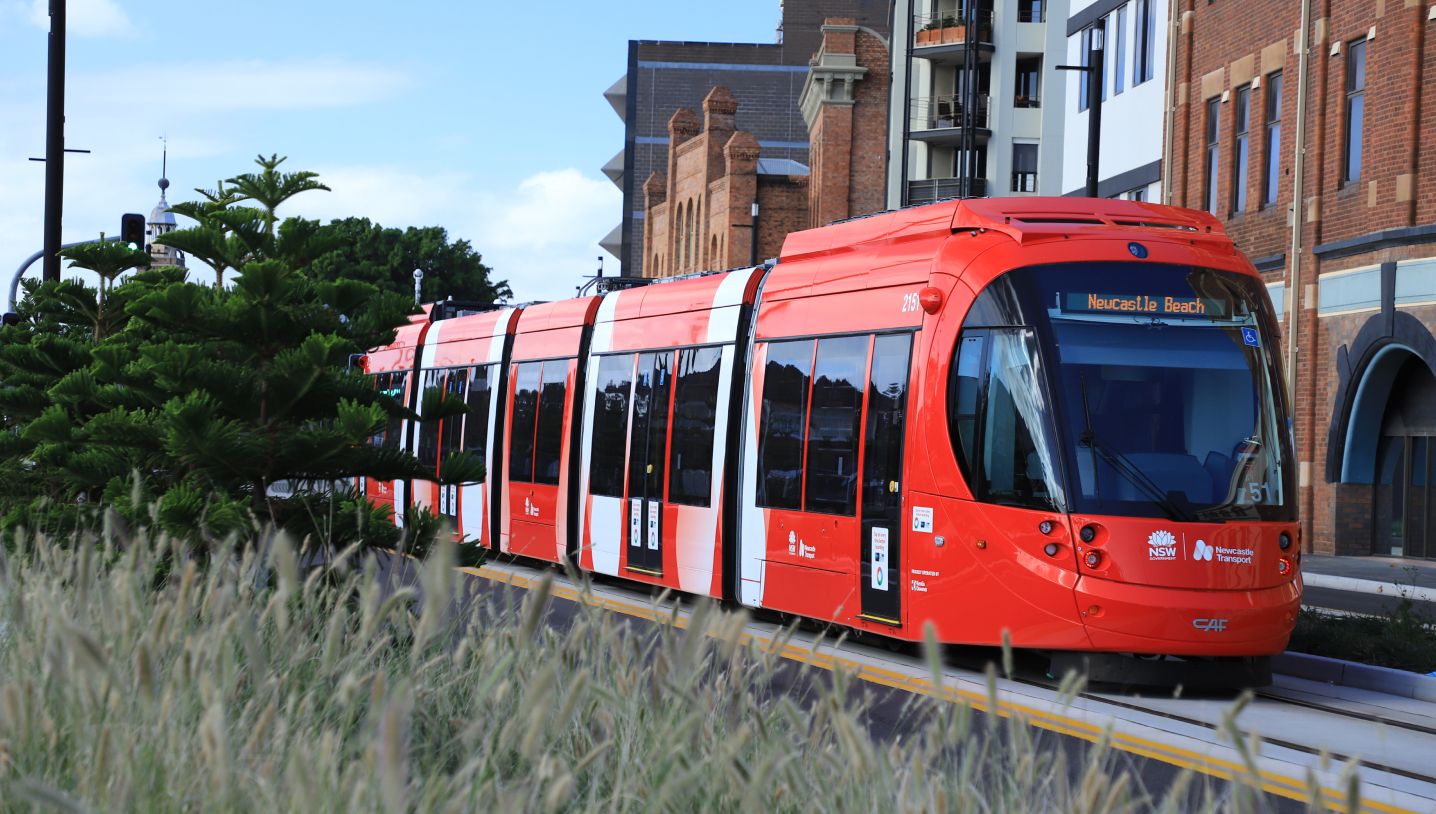


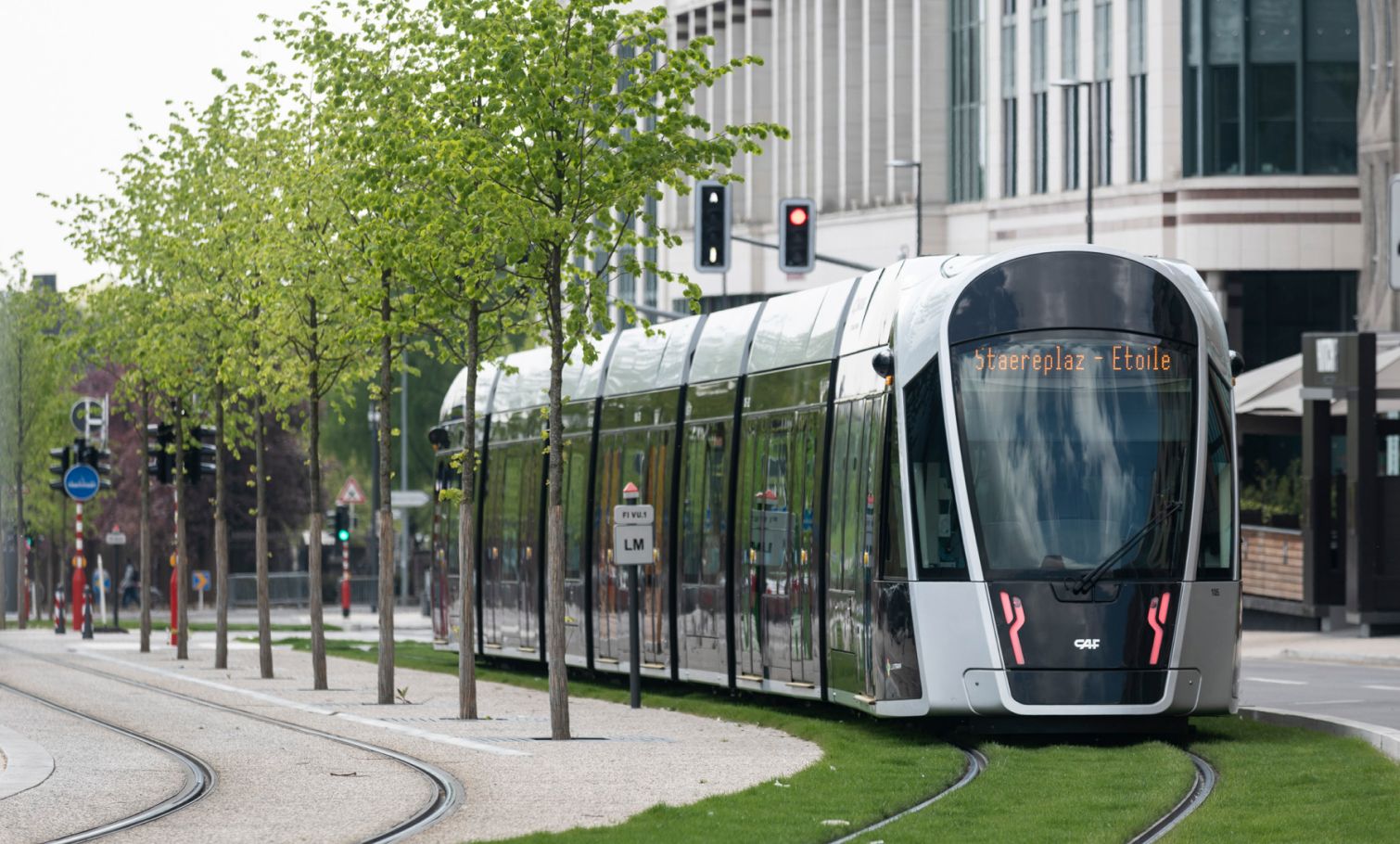
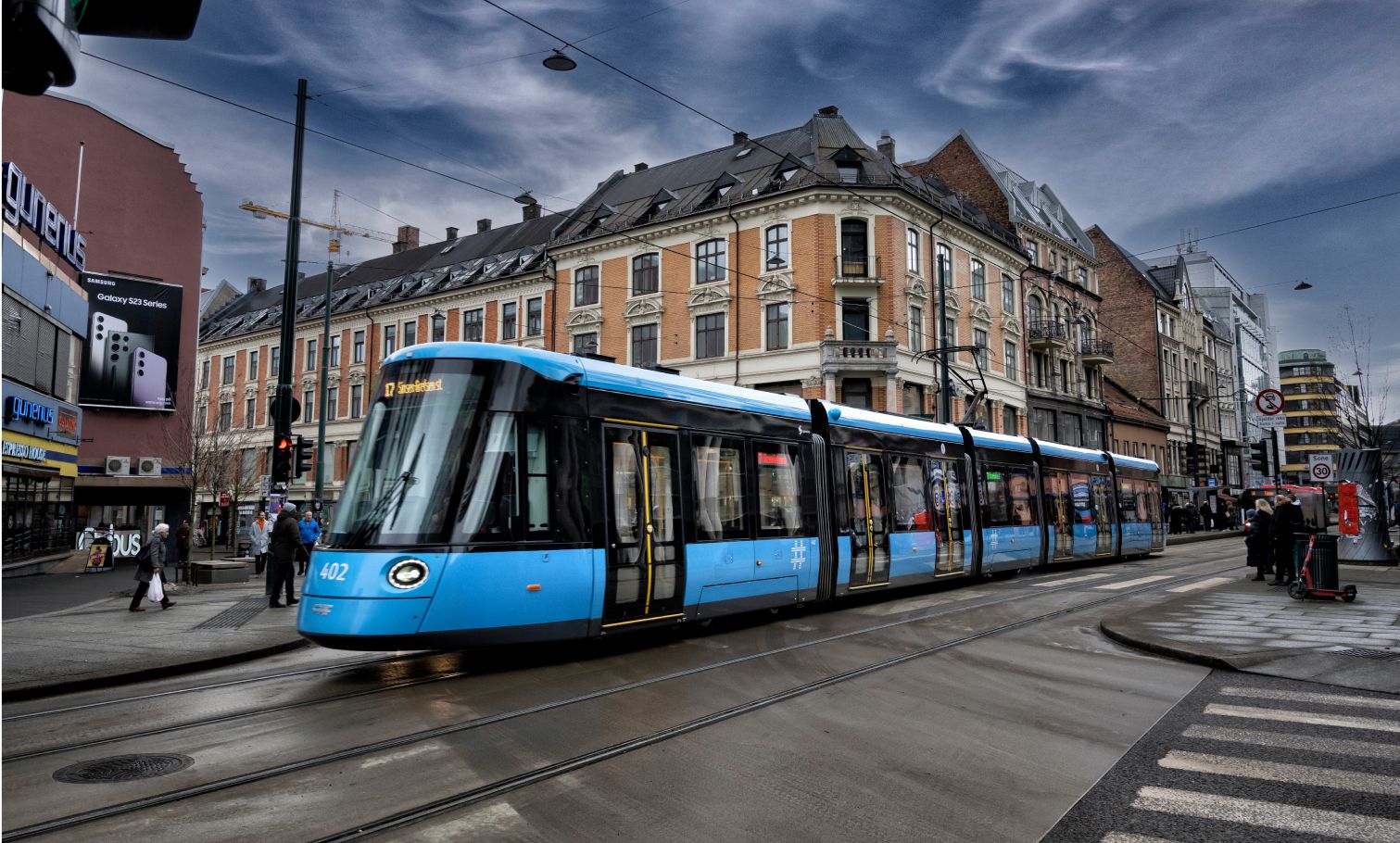
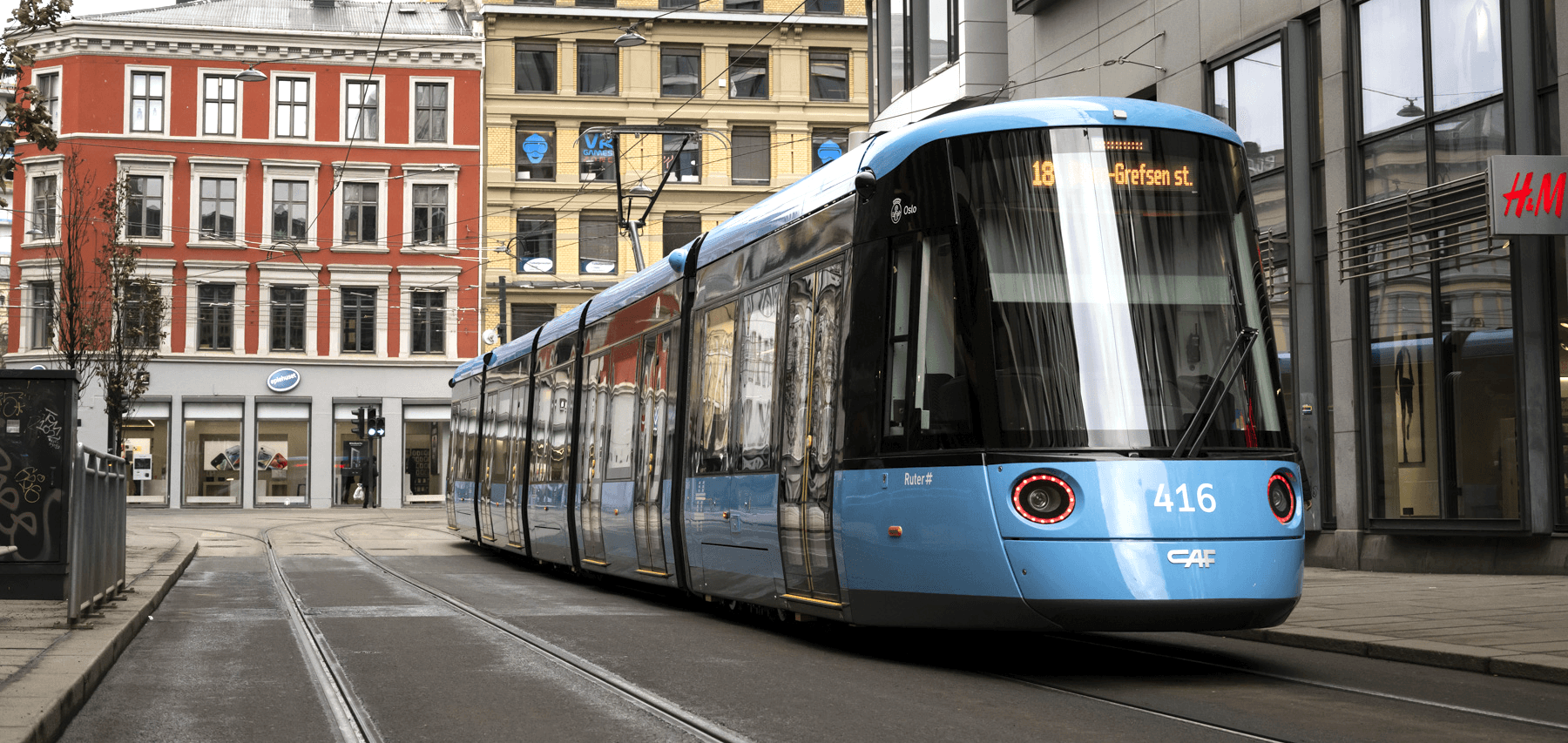
 .
.